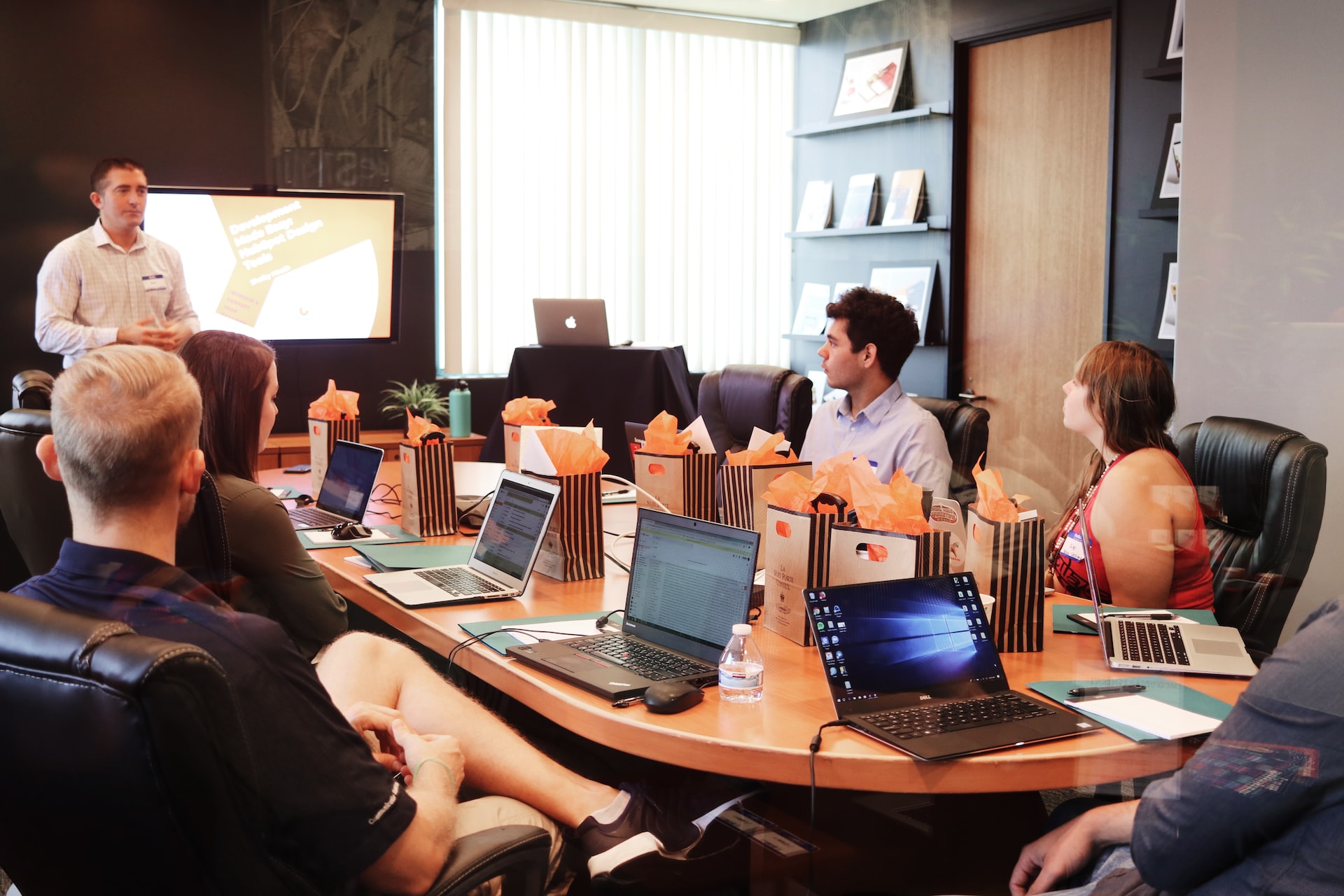Several steps are necessary to run practical, constructive, and worthwhile software engineering team meetings. Running smooth, organized project and team meetings is a versatile ingredient for software development success. These sessions typically involve sharing ideas, identifying performance gaps, and setting ongoing expectations. As a lead developer, you should know how to conduct collaborative, productive, and successful team meetings.
Unfortunately, failure to properly plan and execute project meetings is one of software companies’ most common business mistakes. A fine-tuned strategy can promote organizational transparency, support a collaborative workplace, and improve morale. Plus, you’ll have the opportunity to identify defects early on, discuss progress, and refine goals. Read on to learn about running effective software engineering team meetings.
Take Time To Prepare

Before the start of each meeting, give yourself plenty of time to prepare. Take detailed notes, plan talking points, and jot down a primary agenda. A clear, organized set of topics can guide you through what to discuss in your team session. You also want to give your team time to prepare as well. Notify them a few hours before the start of each meeting. This notification includes attendance requirements, mainly since many software meetings are now conducted virtually. Additionally, send them a rough copy of the plan so they know exactly what to expect. Take time to prepare before the start of your software engineering team meeting.
Hold The Right Type Of Meetings
Before you even hold your first session, you should know what types of software engineering meetings to run. New software projects should all begin with a kickoff meeting. This is where team members, key deliverables, project requirements, and core functionality are discussed. Then, you should hold a planning meeting to discuss goals, priorities, timelines, and expected release dates. After this session, it’s time for the technical discussion.
During this conference, talk about the specific development tools, programming resources, and supporting technologies used throughout the process. For example, you may use advanced JFrog solutions to accelerate development, manage regulatory compliance, and defend applications from critical vulnerabilities. Plus, these powerful tools can support cloud migrations with minimal downtime and heightened scalability.
Set A Time Limit
Our attention spans are short – especially in the highly-dynamic, technical software development world. By keeping meetings short, you’ll be able to hold your audience’s attention adequately. Most project managers (PMs) recommend limiting sessions to no more than fifteen to twenty minutes. Establish and enforce a specified time limit. This will encourage your participants to avoid delay and refrain from wasting time. Instead, you can hold a highly-engaging, collaborative, and involved session. Set a clear time limit before starting your software development team meeting.

Take Notes
Once the beginning begins, take lots of detailed notes. Taking notes helps you capture every little detail that is said and discussed during your session. Plus, it shows all of your participants that you are actively listening and excited by their ideas. Even after the meeting, take some notes regarding top performers and identify weaknesses and positive strengths. Before your next meeting, take time to review your previous notes.
This will let you know what ideas were discussed and what improvements you’re looking for. Indeed, take plenty of detailed, clear notes throughout your software development team meeting.
Hold Daily Check-Ins
Aside from your kickoff, planning, technical, and priorities meetings, you should also hold daily check-ins. Think of something like a daily standup meeting, which can happen right at the day’s start. It’s the perfect opportunity to review progress and discuss technical concerns and potential obstacles. Plus, these sessions help reduce the formality of your actual SDLC scheduled meetings.
As far as the agenda, try to involve everybody on the team in this meeting. This is great for nurturing morale, collaboration, and satisfaction in the workplace. Absolutely, hold daily check-in meetings to keep your software development team moving forward.

There are a few crucial steps to running effective software engineering team meetings. First and foremost, give yourself plenty of time to prepare. This gives you a chance to outline all the necessary characteristics for the meeting. Next, be sure that you’re holding the right type of project and team conferences. You can also set a specific time limit before the start of your meeting.
Of course, you should also have a dependable, reliable method for taking detailed notes. Plus, dedicating time to holding daily check-in meetings. Follow the points above to learn about running effective software engineering team meetings.




